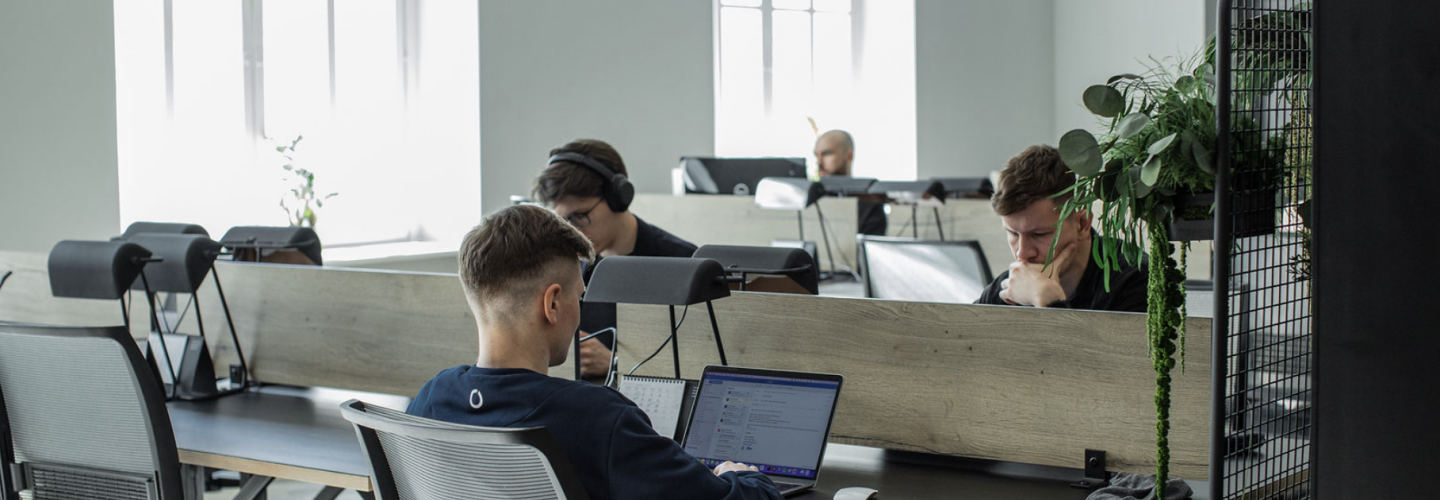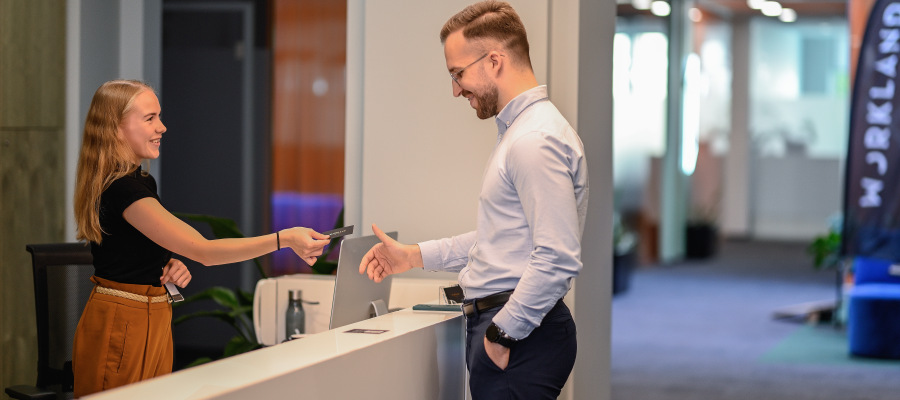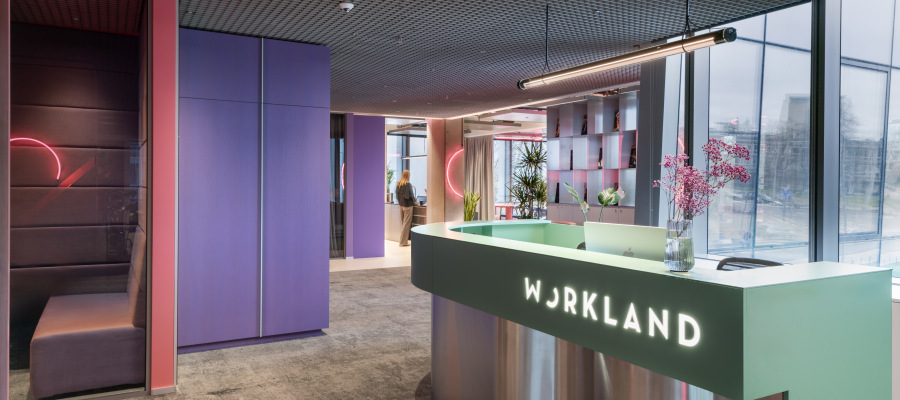Offices will never be used the same way as before the pandemic. Even though people are ready to turn back, flexibility has turned out to be the new keyword, said Indrek Hääl, the board member of Workland co-working office, in his latest interview with Estonian newspaper LP.
When the pandemic arrived, several employers sent their teams to home offices which turned into a new normal. By now, people have returned to the office, but the growing electricity and heating costs have put the businesses in a difficult spot and have them considering what to do with the space.
According to the recent study by JLL, the offices will never be used in the same way as a few years back, before the pandemic. As many people are ready to return to the office, some prefer to work in the hybrid mode - spend half of the work hours in the office and the other half working from home or other convenient locations. JLL estimates that by 2030, about 30% of offices will be used in the hybrid model.
Indrek Hääl, the board member of the Workland coworking offices network agrees with the survey outcome. “Hybrid work is standard already, but many companies still pay enormous amounts of money for the premises no one uses,” he says. Hääl suggests companies should take a close look at their needs, review current contracts and think through if the long-term rental agreement makes any sense, especially now, when we know that the electricity and heating costs will rocket in a few months. Companies should look for a solution that works well for the employees but is also beneficial for the business.
Hybrid work is standard already, but many companies still pay enormous amounts of money for the premises no one uses.
Indrek Hääl, Founder & CEO of WorklandShared office space as a new direction
Hääl states that more and more companies have shown their interest in coworking centres. “In 2021, the number of workplaces rose 40%, and we plan a similar growth for next year. There has been a breakthrough in the market of coworking offices. People have realised that for keeping your costs low, you do not have to move your office to suburbs; you just have to find an alternative that is almost as good,” he says.
Currently, Workland offices have around 2000 workplaces, and the centres are on average 95% full. The centres' host various businesses, including pharmacy, IT and biotech companies and law firms. This creates one-of-a-kind synergy in the communal office and lounge areas when people from such different fields meet.
When asking about one common trait of all Estonians - being introverts who prefer to be by themselves and only get coffee from the kitchen and hurry back to their desks - Hääl assures that this is a myth. “Estonians also appreciate the open office space and are happy to socialize,” Hääl shares his experience based on the joint breakfasts, seminars, chess games and other activities that allow people to get to know each other.
Hääl emphasises that companies have very different needs, and therefore Workland offers various solutions, from private offices to hot and dedicated desks in the open office area.
.JPG)
Costs are up to ten times lower
During the pandemic, it was hard for many companies to give up their long-term rental agreements. Workland offers much more flexible solutions, starting with a free trial day and extending the contract to many years. The calculations show that in the shared office, the costs can be reduced by around 10 times!
Hääl also points out that coworking centres are the only alternative for global tech corporations, who do not even consider traditional offices anymore but always go for the space that has it all: desks-chairs, coffee machines, internet etc. The traditional office is more complex for them as setting it up takes time and money, and the companies are not ready to invest in this.
In some ways, it is a comfort service: the office has everything that one would need during a working day, starting from the morning coffee and ending with the printer. Employees only have to take the laptop and phone with them, and the employer does not have to figure out where one should get the coffee beans, printing paper or how fast is the internet connection.
Hääl assures that inflation also influences them, but they are doing their best to keep the costs down for the community members. Workland offices have been set up to keep the costs low in the long term; for example, they are keeping an eye on the lights as well as the heating system. “Of course, we can not control everything, but we are working on the ESG plan to be ready for the upcoming winter and turn the offices more economical in the long run.”
The article was published at LP on 15 July 2022 by Kadri Sildmets.




